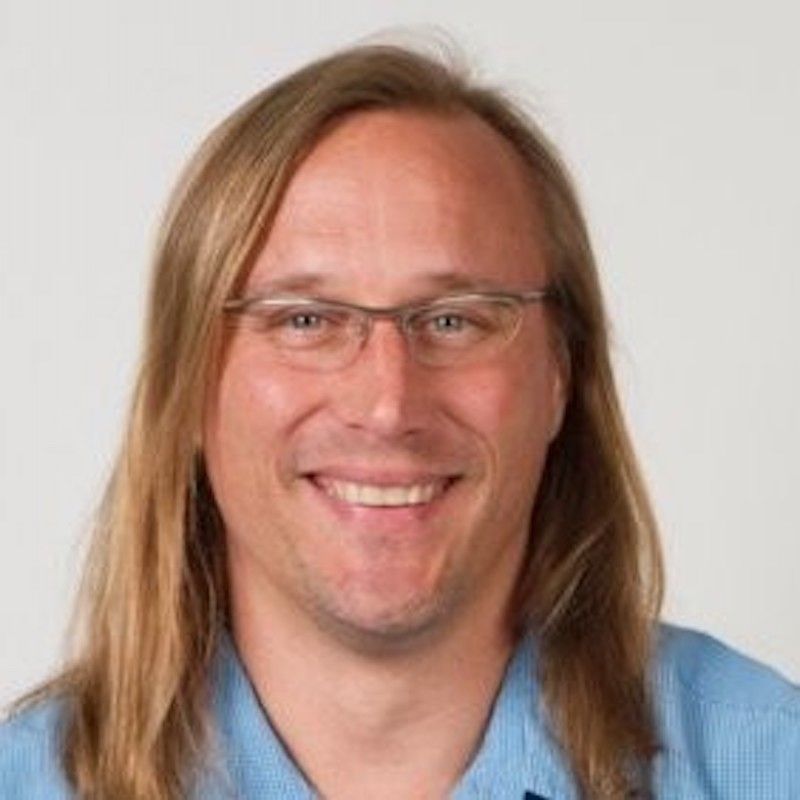Jason Cleveland, SomaLogic, High Throughput, Massively Parallel Proteomics

Zoom Details
Technical Seminar
2:00 pm - 3:00 pm
Zoom Link:For Zoom Information Please Contact: QF-admin@cnsi.ucsb.edu
Career Talk
3:15 pm - 4:00 pm
Zoom Link: For Zoom Information Please Contact: QF-admin@cnsi.ucsb.edu
Speaker
Jason Cleveland
Principal Fellow
SomaLogic
Bio
Jason Cleveland is the Chief Technology Officer at SomaLogic where his work focuses on both near-term improvements to the SomaScan platform as well as technologies to move towards patient-focused proteomics. Prior to joining SomaLogic, Dr. Cleveland was the co-founder, chairman, and later, CEO of Asylum Research in Santa Barbara, California, a manufacturer of atomic force microscopes founded in 1999 and sold to Oxford Instruments in 2012. He began his career at Digital Instruments, which was the largest atomic force microscope company at the time. Dr. Cleveland has a Ph.D. in physics from the University of California, Santa Barbara, and bachelor’s degrees in math and physics from the University of Minnesota where he was a Goldwater Fellow. He is a Fellow of the American Physical Society and an author on 40 scientific publications and an inventor on nearly 50 patents. Dr. Cleveland also serves as Chairman of DE-CRUIT, non-profit treating trauma in veterans through Shakespeare and science.
Abstract
The ever-changing state of the proteins in your body is arguably one of the most important measures of health and disease, but most measurements are made on individual proteins or small multiplexes. SomaLogic has commercialized a rapid proteomic scanning platform (SomaScan) that quantifies over 7000 proteins in blood or urine spanning 7 orders of magnitude in concentration, with sub-pM limits of detection. The assay relies on SOMAmers (Slow-Offrate-Modified AptaMERs), short pieces of DNA with additional chemical diversity that are selected to bind tightly to a specific protein. Rather than directly measure the proteins themselves, the fundamental principle underlying the assay is to turn a protein counting problem into a DNA counting problem, which is more tractable for several reasons. We have measured a few hundred thousand human samples and applying machine learning to the large resulting databases has led to a rapidly growing number of health measures, including diabetes and cardiovascular risk, with the ultimate goal of providing hundreds of results from a single liquid sample. I will review the current assay and talk about recent work to push the assay towards a “biochip” format through a single-molecule readout mechanism using NV centers in diamond.